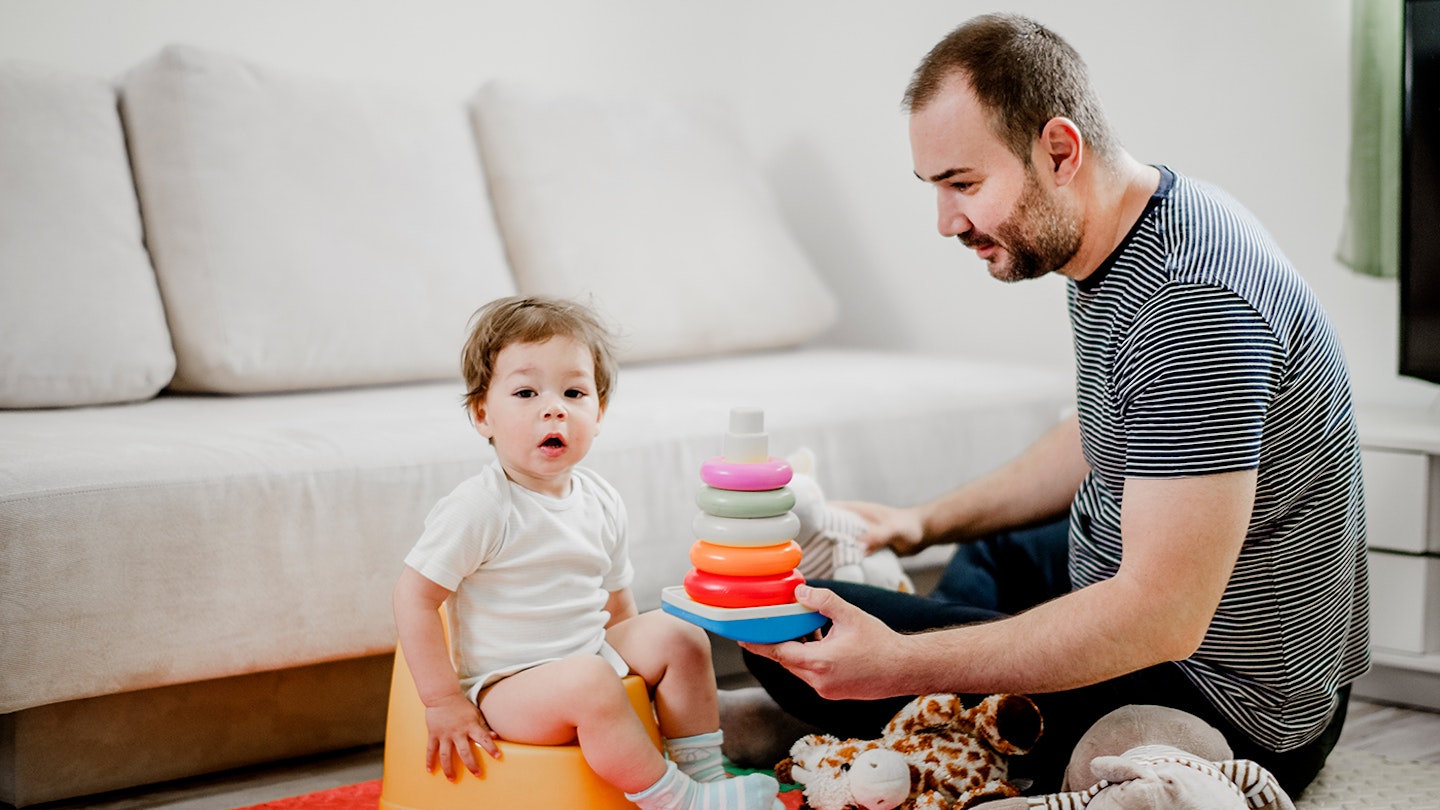When your little one hits two years old, you might plan on being armed and ready with a brand new potty, a potty training reward chart and lots of potty training tips to get your tot going. But although you might be ready for this big milestone, your toddler might not be and are actually showing plenty of signs that this is the case. Global Potty Training and Toddler Specialist Amanda Jenner explains more.
Signs your child is not ready for potty training
• If they are having regular accidents throughout the day and you have given it a good go for a couple of days.
• Constantly wetting their nappy - this shows they have no control over their bladder.
• Your little one is not telling you when they have done something in their nappy.
• Child does not want to sit on the potty or toilet.
• If your little one is or has recently gone through a big change like: recently moved house, a new baby has come into the family.
• If your child has been ill, or has changed childcare settings.
These are huge changes in your little one's life and can be a major sign that your little one is not ready to potty train.
What to do while waiting
If you want to be proactive. Try the following:
• Educate your little one by reading potty training books or letting them watch an animation/app.
• Flashcards are also great to introduce to them so they can visually see what they have to do.
• Get them involved in buying their potty or potty seat is a great idea - they will be the ones using them after all! Similarly, let them choose their potty training pants.
• Encourage them to come to the toilet with you so they visually see that everyone uses the potty/toilet.

How to know your toddler ready for potty training
Your toddler develops so quickly that it can sometimes feel as though you’ve barely finished one stage before the next arrives. You may be at the point where your little one has started playgroup or a nursery and are keen to get them out of nappies, and as parents, we really want to get it right. But when is the right time to start potty training? How can we be sure our toddlers are really ready? Potty training is a daunting task, there are no quick wins, and it remains to be one of the most difficult milestones to achieve.
What are the signs of readiness?
There is no set age for potty training, but most parents do begin around the age of two years old as they start to see the following signs:
• They usually stop in their tracks when they wee or poo, as they start to become aware that they are filling their nappy. They may even hide behind a sofa, curtain or door when they are doing a poo, and this is a sign that they are becoming conscious of what they are doing. The reason why toddlers do this is that many believe that pooing takes a bit more focus, and toddlers want to find a corner where they can poo without distraction.
• It is also fairly common that when asked, a toddler will deny that they are doing a poo, this is because they don’t want to be taken away from their playtime to get their nappy changed or occasionally they believe it’s dirty and messy. Again, this is another sign that your child is ready as they become aware of the process.
• Is your child also using the words wee or poo, and pulling on their nappies insisting to be changed? When they start doing this, then their language and cognitive skills are developed enough to recognise what they are doing, and if they can communicate this to you, then this is another good sign of readiness.
• Finally, they will be dry for longer periods of time, and if they are still having a daytime nap, they may wake up with a dry nappy. This is because their bodies are developing and their bladders are becoming stronger.
